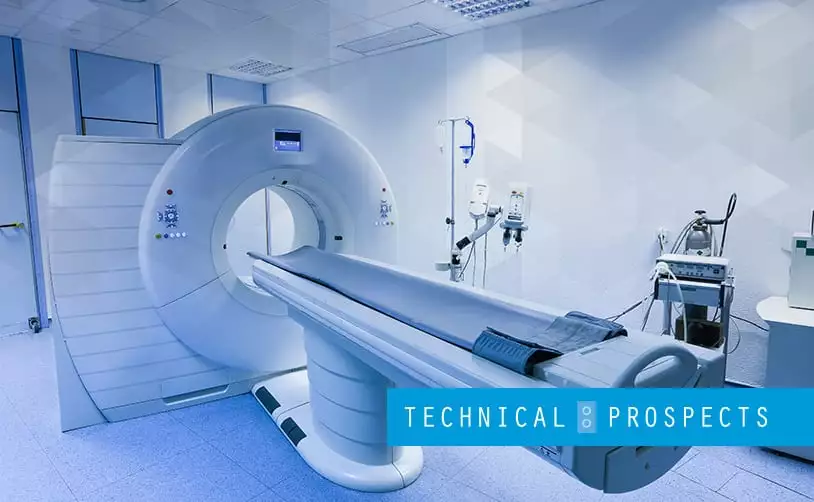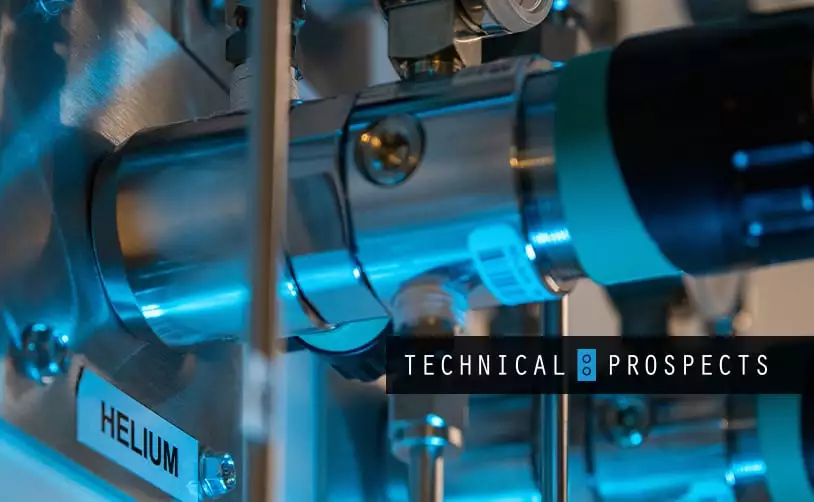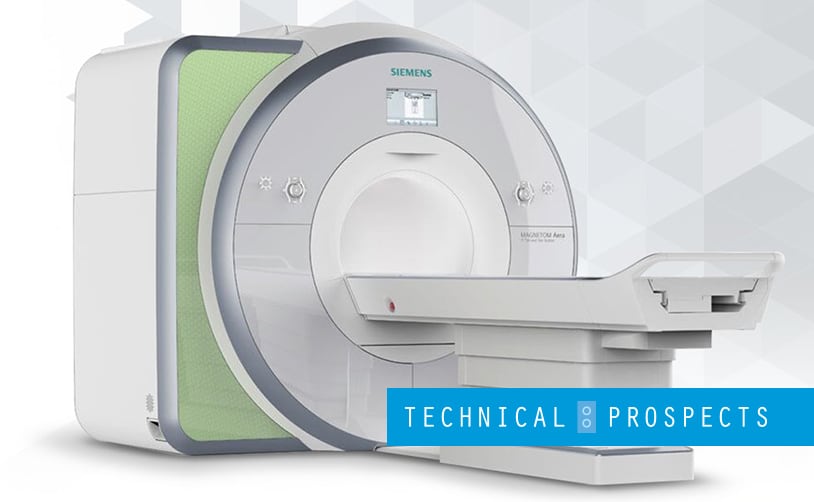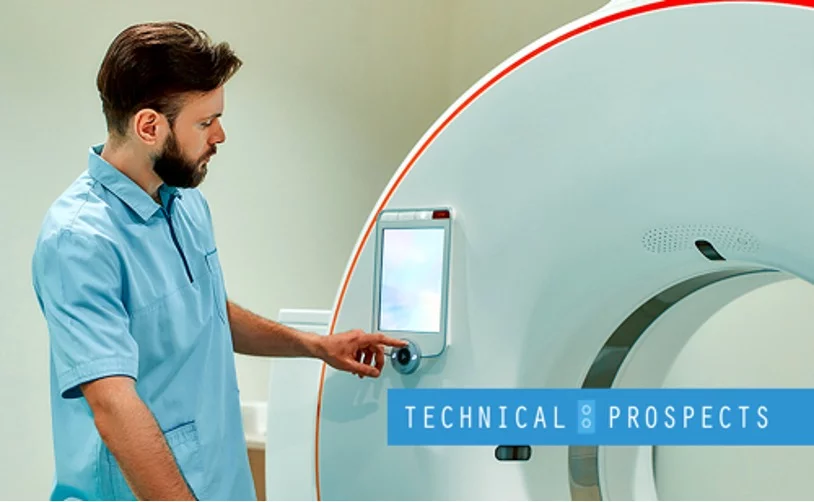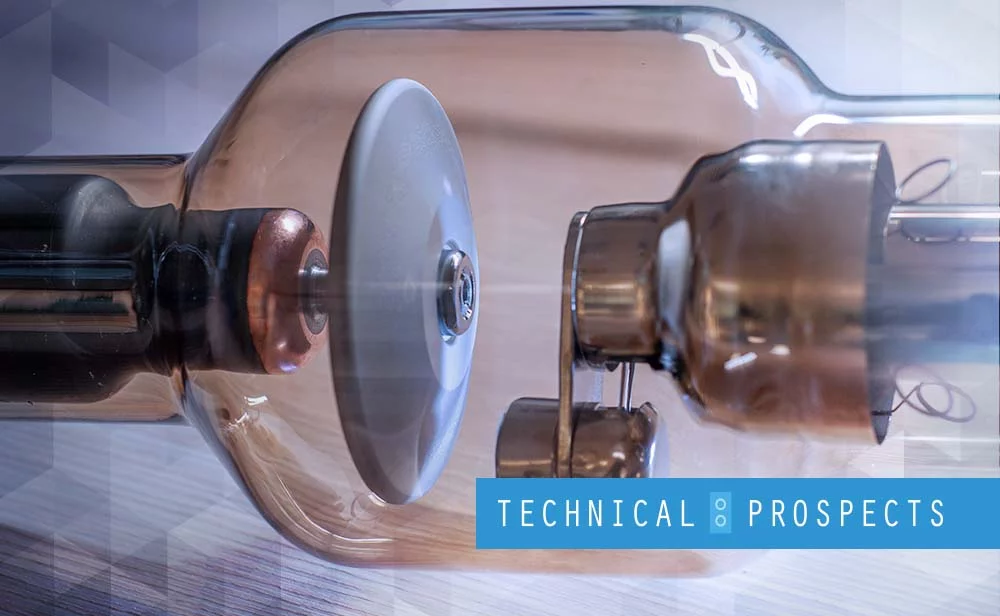Everyone knows the urge to click down on a conspicuous red button, no matter where it’s situated. If you’ve previously operated an MRI machine, you might be wondering about its quench. Essentially the MRI’s off button speeds up the shut-down process—but how does it work?
What is an MRI Quench?
Turning an MRI “off” is to drop its magnetic field down to zero. There are two primary methods of achieving this—one is to remove its current while removing its helium.
Removing current involves a magnet power supply, which ramps down to shut the machine off. Helium is what keeps its resistance at zero. Add a current during the ramp-up process, and electricity moves through the wires unimpeded, or at least until it quenches.
When the magnet’s temperature rises and results in a loss of superconductivity, the system quenches. This event causes a chain reaction of rising heat, liquid helium boiling into gas, pressure building, and helium gas release. An MRI’s quench pipe will safely vent the gas out of the property.
What Are the Two Types of Quenches?
The big red MRI button heats the magnetic field, setting off the domino effect listed above. This procedure is useful in rare cases of emergencies, such as when patients are pinned inside.
On the other hand, an engineer might enforce a planned quench when decommissioning an older magnet. Unlike a formal ramp down, it saves time and expenses. Quenches will typically exude venting helium that is reminiscent of smoke—ensure that you alert your local fire department beforehand.
Can an MRI Quench on its Own?
Yes, an MRI can quench itself, but the experience isn’t a fun one. Leaks, icy magnets, failures in the cooling systems, and critically low helium levels are common perpetrators of an unintentional MRI quench. Though seldom dangerous, these occurrences can become six-figure costly.
What Does a Quench Procedure Look Like?
In the case of an emergency quench procedure, all staff and patients must first evacuate the magnet room. Then, emergency personnel will depress the magnet stop button, located in the center of the alarm box left of the operator station or in the magnet room itself. The alarm will then activate.
If a patient is pinned and injured, an operator must apply first responder principles or an emergency procedure depending on the circumstances’ severity. The staff must then notify the facility director and file an incident report.
What Occurs During an Emergency Shut-Down?
If a fire or electrically-based emergency occurs, an operator must use the emergency shut-down button. These buttons are located in the control room, magnet room, and equipment room.
The procedure will shut down the entire MRI system without quenching the magnet. After resolving the situation, operators can quickly restore system power and restart the machine.
Conclusion
MRI systems are superconductive—virtually massive electromagnets. With enough power to lift a car, MRIs can sometimes lose control or malfunction. While the consequences are hardly deadly, familiarizing oneself with the quenching process can work to an operator’s advantage.
For replacement MRI parts to enhance your system, request a quote with Direct Med Parts. We boast an inventory of over 8,000 SKUs and provide several purchasing options at your convenience.



